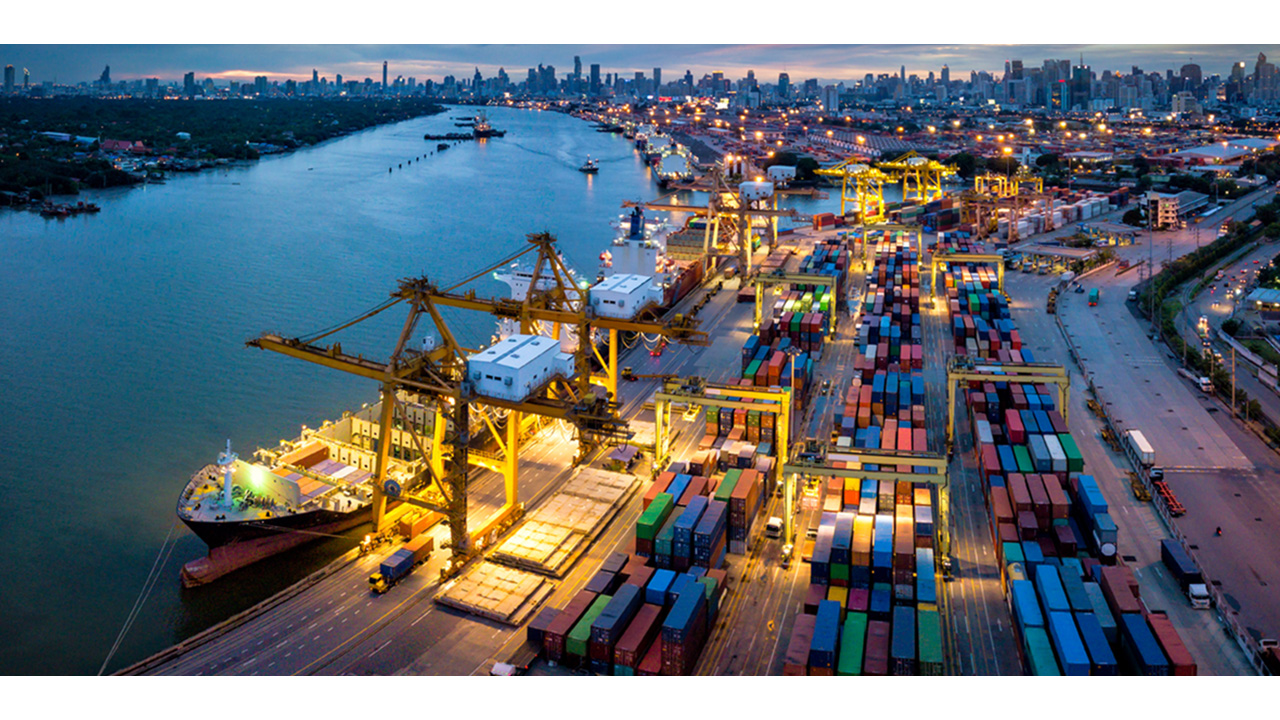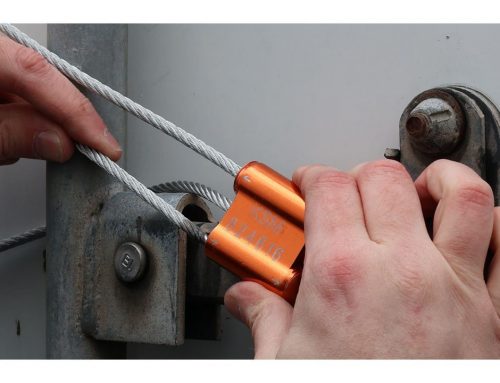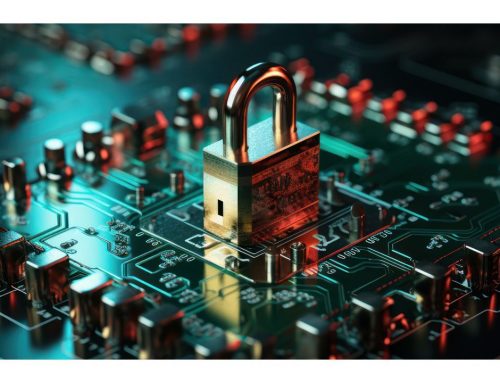Track and Trace: Security through the Supply Chain
Track and Trace: Security through the Supply Chain
In the dynamic, globalized marketplace of today, manufacturers and retailers face the colossal task of ensuring the integrity of their supply chains to protect their products from counterfeiting, pilfering, and tampering. Apparel, electronics, and a wide array of other consumer goods are targets for unscrupulous entities seeking to exploit these vulnerabilities. A robust solution lies in implementing track and trace measures bolstered by security labels. These tools play an instrumental role in maintaining product authenticity and supply chain transparency.

The Evolution of Track and Trace Measures
The inception of track and trace systems dates back to the mid-20th century when barcodes were introduced to help manage retail inventory and streamline the check-out process. However, the concept has vastly evolved and expanded since then, thanks to advancements in technology and the growing need for transparency and security in supply chains.
The 1970s saw the development and adoption of the Universal Product Code (UPC), a specific type of barcode used globally for tracking products in stores. The use of this technology offered businesses the ability to effectively manage their inventory and provided the foundation for more sophisticated tracking systems.
The introduction of Radio Frequency Identification (RFID) in the late 20th century marked another significant milestone in the evolution of track and trace systems. Unlike barcodes, RFID tags can store more information and can be read without direct line-of-sight, offering more flexibility and efficiency in tracking products.
In recent years, the advent of the Internet of Things (IoT), Big Data, and advanced analytics have further revolutionized track and trace systems. These technologies have enabled real-time monitoring, predictive analytics, and granular traceability, significantly enhancing the effectiveness of these systems.
Today, track and trace measures are ubiquitous and fundamental to supply chain management in various industries. They are deployed in everything from food and beverage companies tracking the origin of their ingredients for quality control and safety, to luxury goods and apparel brands seeking to prove product authenticity and combat counterfeiting. Pharmaceutical companies are legally required to implement track and trace systems in many countries to ensure the safety and integrity of medicines. Companies across all sectors are investing in these measures to protect their brand reputation, ensure customer satisfaction, and in many cases, adhere to regulatory requirements.
Security labels are an accessible, fundamental, and cost-effective tool that businesses can leverage as part of their broader track and trace strategy. These labels, often bearing unique identifiers such as barcodes or QR codes, provide a visible and tangible means of authenticating products and documenting their journey through the supply chain. Over time, advancements in technology have led to the development of more sophisticated labels with enhanced features for improved security and traceability.
Security labels often incorporate Radio Frequency Identification (RFID) tags or Near Field Communication (NFC) chips. These technologies allow for more efficient and detailed tracking, with the ability to store and transmit additional information about the product. These labels can be read with special scanners or even everyday devices like smartphones, making the verification process quick and convenient.
Moreover, contemporary security labels also feature tamper-evident designs. They may leave a permanent mark or pattern if someone attempts to remove them, clearly indicating a tampering attempt. This property not only helps identify tampered goods but also serves as a powerful deterrent to potential counterfeiters or thieves.
Beyond these, a new generation of security labels has emerged, leveraging cutting-edge technology to further enhance product protection. These labels can contain holographic images, color-shifting inks, microtext, and other anti-counterfeiting features. These characteristics make the labels extremely difficult to replicate, providing an additional layer of security.
In an increasingly digital world, the tangibility and visibility of security labels offer a reassuring presence to consumers. They are a physical testament to a product’s authenticity, allowing consumers to verify their purchases and providing an increased level of confidence.
Protecting Various Consumer Goods
Track and trace measures are particularly essential in industries where counterfeiting and tampering are rampant, such as apparel, electronics, and other consumer goods.
Apparel
For apparel, counterfeiting not only harms the brand’s reputation and revenues but can also mean customers are receiving substandard and potentially harmful products. Security labels embedded in clothing tags can ensure the authenticity of the product, reassure consumers about their purchase, and help maintain brand integrity.
Electronics
In electronics industry, counterfeit products can pose risks to both consumer confidence and safety. Fake or altered electronics can lack necessary safety measures, potentially causing harm to consumers. Further, fake electronics or electronic components may lead to product replacement, recall or warranty work that would be both costly and impact confidence in the brand if the manufacturer is unable to authenticate the products. Track and trace measures can help ensure that the products reaching consumers are genuine, safe, and meet the industry’s strict safety standards.
Pharmaceuticals
The pharmaceutical industry is one sector where the necessity of track and trace measures, enhanced by security labels, becomes critical. Counterfeit or tampered pharmaceutical products can have serious, potentially life-threatening, consequences, making the need for traceability and verification absolutely paramount.
Other consumer goods, including cosmetics, food and beverage products, and automotive parts also benefit greatly from these measures. Counterfeit or tampered versions of these products can pose serious health risks to consumers, making the need for traceability and security labels paramount.
Track and trace measures, in combination with security labels, provide a robust and comprehensive approach to combat counterfeiting, pilfering, and tampering in the retail industry. By enhancing supply chain transparency and product integrity, they help protect brands, build consumer trust, and ultimately, safeguard the health and safety of consumers worldwide. The future of retail lies in embracing these powerful tools and using technology to fortify the marketplace against illicit activities.


